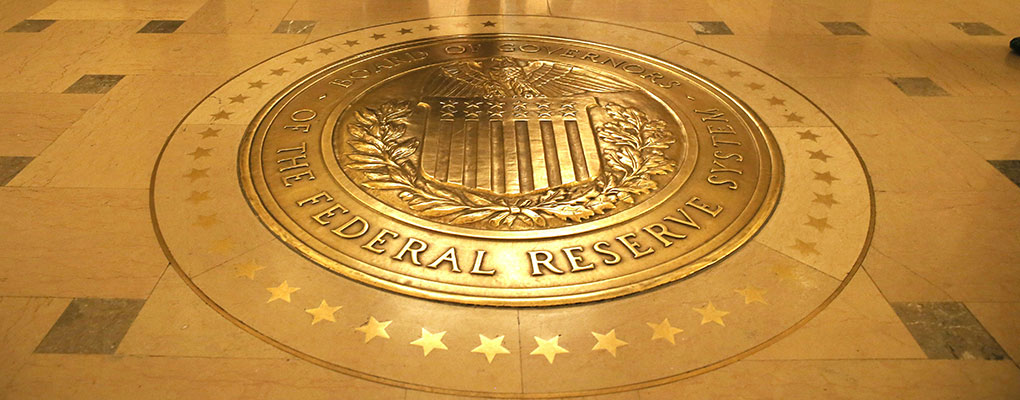
The 12 largest financial institutions in the US have submitted to the Federal Reserve the public parts of “living wills.” These living wills for banks, similar to those of humans, are contingency plans outlining what should happen should a financial institution face an unforeseen liquidity crisis. According to the Federal Reserve, in a press release concerning the positing of these plans, “[e]ach plan must describe the company’s strategy for rapid and orderly resolution under the US Bankruptcy Code in the event of material financial distress or failure of the company.”
[I]nstitutions such as JPMorgan and Bank of America said that they would be able to weather such a crisis
In the hypothetical crisis of the plans, Goldman Sachs, Citigroup and Morgan Stanley all said that in the case of an unforeseen crisis and bankruptcy, they would no longer exist, needing to sell their assets and operations. Other institutions such as JPMorgan and Bank of America said that they would be able to weather such a crisis, continuing to exist and operate, albeit in a reduced capacity.
The twelve firms that were required to submit their plans were: Bank of America Corporation, Bank of New York Mellon Corporation, Barclays PLC, Citigroup Inc., Credit Suisse Group AG, Deutsche Bank AG, Goldman Sachs Group, JPMorgan Chase & Co., Morgan Stanley, State Street Corporation, UBS AG, and Wells Fargo & Company.
According to the American Banker, the public part of these plans (there are confidential parts available only to regulators) include “information about how subsidiaries would be resolved in addition to the parent company’s unwinding, how legal entities are interconnected, what the stripped-down banks would look like and banks’ current efforts to simplify themselves.”
The need for banks to draw up these living will plans is a result of a piece of legislation called the Dodd–Frank Wall Street Reform and Consumer Protection Act, created by US lawmakers in 2010, following the 2008 crisis. According to the Federal Reserve, this law “requires that bank holding companies with total consolidated assets of $50bn or more and nonbank financial companies designated by the Financial Stability Oversight Council (FSOC) as systemically important periodically submit resolution plans to the FDIC and the Federal Reserve.” The aim is to ensure that financial institutions are able to deal with distress or failure without bringing down the entire financial system as Lehman Brothers nearly did seven years ago.
The living wills of 11 banks last year were rejected by US regulators as inadequate. The Federal Reserve is expected to decide upon the validity of this year’s submissions later in the year.


